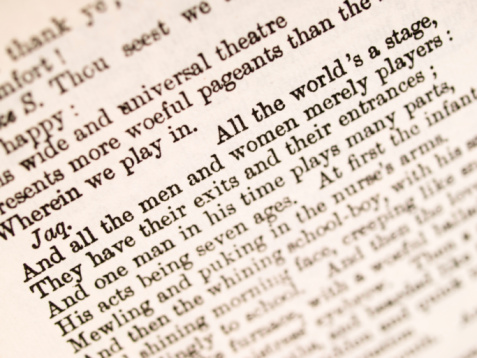
Quotes are magical little things. They offer short sound bites that can inspire, clarify or reinforce. The significant takeaways from a body of work often take the form of a quote, summing up what’s important, and boiling it down in one or two sentences. If used effectively, quotes can be a welcome addition to a presentation.
Using secondary sources in the form of quotes during your presentation is effective because it adds credibility to your story, to your argument. It’s English 101: discuss a façade of your argument, then use a quote to support that point. The same technique can be used in a presentation to nuance and support the argument at hand. If you aren’t a known expert in the field you are discussing, it doesn’t hurt to quote from someone who is to support your claim.
A few guidelines should be followed when employing quotes in presentations, the first of which is don’t be cliché. Don’t use a quote that can be found in a fortune cookie. Don’t use a quote that will cause the audience to roll its eyes. Be original and be epic. Using a quote in a presentation should be a special occurrence, not the norm. Choose one or two that have a lingering effect, something that the audience will remember.
Again with the English 101– make sure the quote is appropriate for the subject and most importantly, make sure it adds something to the presentation. Don’t choose something that just adds time, sounds nice or fills space. Never include a superfluous quote; it will detract from your presentation, and worse, distract the audience.
Testimonials are a great way of using quotes to show the effect of a product or service. Choose the most significant, influential testimonials possible. Find testimonials that say something important in a quick, powerful way. Again, ensure that what they add is an essential point to be made in the presentation. And don’t overload a presentation with testimonials. Choose the most compelling and stick with those few. Anymore than that is grandiose and unnecessary.
Quotes should be short and to the point, especially if the words are on a slide. Too many words will fluster the audience into rushing to read through the entire quote, and it will have a less powerful effect. Present the quote, allow the audience time to hear and read the quote, and then reinforce the quote’s meaning.
The use of secondary sources shouldn’t be confined to quotes only. It’s important to nuance arguments, to show as many sides of the argument as possible with as much support as possible, and this can be done by alluding to secondary sources. As we discussed a couple weeks ago, Chimamanda Adiche does a masterful job of this in her TEDGlobal talk on the single story. She complicates, supports and strengthens her arguments by including quotes and by referencing influential people during her talk.
When used effectively, quotes can nuance, support and enrich a presentation. How have you used quotes to supplement your presentation?
